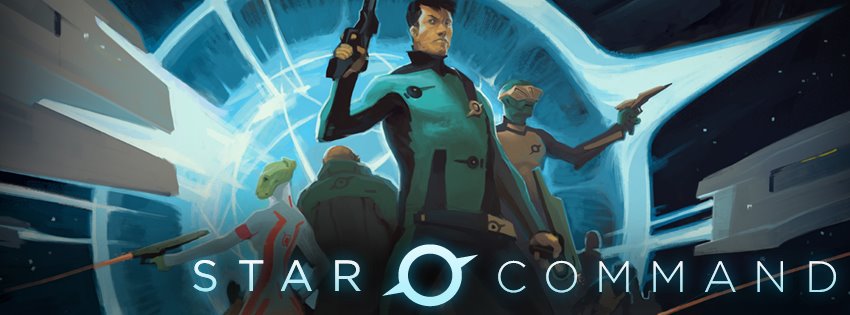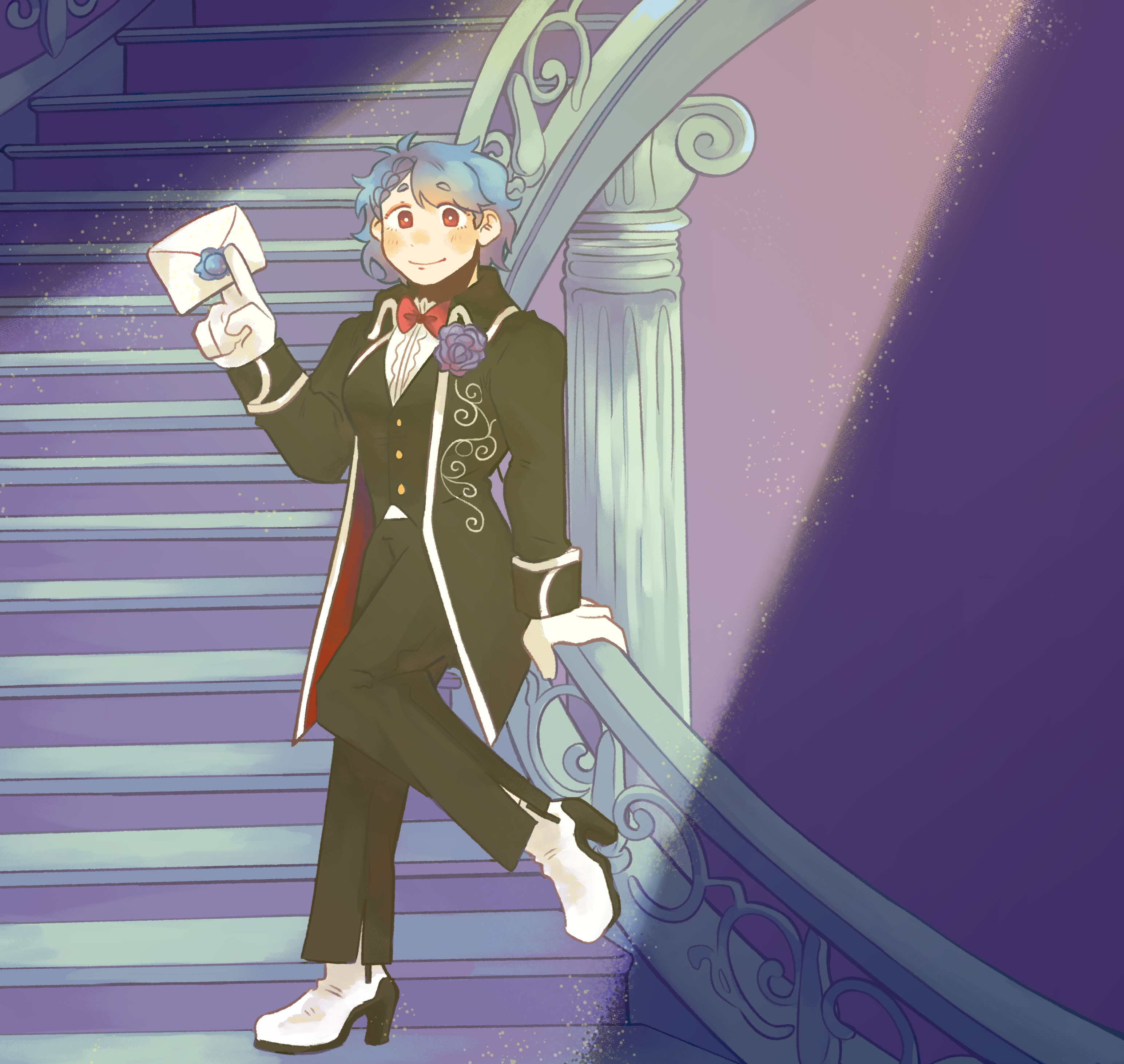In truth, I have never caught them all.
Because why would I? There is satisfaction to be found from collecting, but only within reason. I will catch the trash bag pokemon I suppose, but do I really need to spend the time grinding to evolve it into the broken garbage bag ‘mon? I can’t just get the cheerleading bird, I need all four variants? Do I need shinies, do I need male and female where applicable like it’s Noah’s PokeArk? There is inevitably a point where the hassle and tedium overwhelms any enjoyment, and I am done with a given Pokemon.
Even so, I have at least one of every generation of Pokemon game, plus one of each remake gen. I’ve put hundreds and hundreds of hours into them, and I host a weekly Pokemon podcast. I love Pokemon. I’m also very critical of the series. As much as the core premise and world fills me with joy, the series has clung to outdated mechanics for years now.
These old systems, though frustrating, become more understandable when you look at Pokemon’s development history. Excepting 2015, there has been a new main series Pokemon game every year for the last decade. If you include spinoffs, that bridge is gapped and then some: 2002 is the only year without a Pokemon game since the series came west in 1998, and most years have several. Pokemon is even more of a regular franchise than Madden, and there are no brakes on this train. We hardly have room to act surprised when a new game doesn’t address systemic issues: it’s an astonishing result of Game Freak’s hard work that the games change as much as they do.

It is a good exercise in humanity to consider the schedule GameFreak is asked to work, but criticism cannot be subject to the circumstances of a work’s creation. I would never be part of the disgusting “lazy devs” hate mob, but I also can’t allow the presence of such vitriol to dissuade me from honest assessment of the latest in the Pokemon series, Pokemon Sword and Shield. Considered on its own, as well as in the context of the larger series, it is certainly a good game, but I’d be lying if I didn’t say it was a disappointment.
None of this has to do with the omission of classic pokemon. For almost a decade now it has been clear to me that the inflation of the pokedex was unsustainable, and there would come a point where putting the full roster in the game was no longer feasible, be it a limit of technology, manpower, or balance. We have now hit that breaking point, and Sword and Shield (or “SwSh,” as I’ll be calling it) handles it as gracefully as could be expected.
Certainly, there are pokemon from previous generations I miss: Plusle and Minun, Alolan Raichu, Victini are all favorites of mine not present in SwSh. But their absence doesn’t hurt the game, and truthfully, we’re probably better off for their absence. As much fondness as I have for Wonder Guard, Brave Bird, and other odd extremes of the pokemon meta, the possibility space had become too staggering to continue stable growth. It’s too early to say how the competitive scene will shake out, but in regular play there’s a healthy mix of new and old that allows for variety without being too overwhelming.
It is not in the National Dex fiasco that the game loses its way: rather, it is in more general elements of the adventure. The grand tradition of rival trainers lives on in SwSh, as your neighbor and younger brother of the current League Champion serves as your competition this time around. Or rather… he endeavors to. Even in the text of the game, Hop (as he is named) is at no point a match for the player, and in both difficulty and narrative he fails to exert any form of pressure on the world.

Still, his failing as a character doesn’t have to mean much for the game writ large. After all, ever since Gen 3 we’ve had multiple rivals in nearly every game, and SwSh is no different. So let’s consider your other two rivals: Bede and Marnie. Bede is a corporate champion, sponsored by the chairman of the Galar Pokemon League himself and very proud of that fact. His condescending attitude and dismissive excuses are perfect rival material: he manages to keep his attitude in defeat while still giving you the satisfaction of taking him down, and the game’s writing sells him as a contender. The problem is, halfway through the game, he drops out of the Pokemon League. His reasons and his arc from there are well executed, but that doesn’t change the fact that thereafter he has little impact on the course of the game.
And Marnie, the quietly passionate girl who inspired a whole team of fans to obstruct your path? Well, for one, her fans get far more screen time than her. That’s not to say they’re more developed: Team Yell exists purely to convey the idea that Marnie’s scrappy hometown is rooting for her. Beyond that, the group has no identity or character. They are simply rowdy folk who think Marnie’s cool: that is the sum total of their development through this campaign. Marnie herself only fares a bit better: through the occasional interaction we get the sense that she is quietly determined, yet values fair play, and respects effort. And… that’s it. Three rivals, not one among them who can bear the burden of a player’s attention.
Perhaps it’s better not to focus on these rivals at all, and treat them like window dressing: sights passing by on your express train to the top. The rest of the game certainly feels that way, compared to series history. If Johto Quorum cohost Allen were here right now, they’d certainly poke fun at me for bringing this up, but there’s no equivalent of Lavender Town or Silph Co. in this game. The core of pokemon has always been the journey to the top, no doubt, and besting the gym leaders (or trial captains, in Sun and Moon) along the way. Still, there are usually other threads to follow: the schemes of a villainous org to thwart, a mazelike cave between you and your next gym, a disaster you must avert, or even a task you must complete to gain the gym leader’s attention. Save for one mine you trek through at the beginning, there are no dungeons in this game. It is a straight line, crossing through routes and the occasional simple forest or valley, to the next gym.
Even moments that feel like obvious stops on the ride are instead paved over. More than once, the power behind Dynamaxing, the ability to turn pokemon kaiju-sized, goes haywire, and people begin to panic. As you head to investigate, others intercept you, tell you to get going to the next gym, and that they’ll take care of it. It’s as if there was extremely clumsy attempt to hide a larger plot that the developers realized they would not have enough time and resources to explore. Whether or not that’s actually true is irrelevant: it feels like you are being pushed away from the moments of intrigue or discovery in the world, back onto the train tracks. Click clack, click clack, on to the next badge.

Earlier, I mentioned classic elements of Pokemon that could use revisiting: to name a few, the extremely basic pokemon catching mechanics; the frustrating system of IVs, EVs, and natures randomly determining the worth of a given pokemon; the limited nature of the multiplayer. To be fair, there has been an attempt to address some of these outdated systems. EVs can be improved with vitamins, for the first time ever natures can be changed via mints, and the multiplayer has expanded with Dynamax Raids where players team up against a massive boss ‘mon. None of these changes are on the scale the series needs. Vitamins and mints are little more than bandaids for an obnoxious system that encourages hours upon hours of tedious (and thematically bizarre) breeding. And the raids… given the context of the rest of gaming, calling them “raids” is far too generous. There are no unique mechanics and hardly any increased challenge. It’s just a tankier, harder hitting enemy that you and your friends can gang up on. There is nothing engaging about it.
A few objections besides, the new roster of monsters is excellent, striking a harmony between cute and creepy in all the ways the series does at its best. There are creative new evolution methods, and new forms of old pokemon that spin their designs in invigorating directions. I had no trouble finding new pokemon of every type and style that appealed to me, and my hat’s off to Game Freak for still finding ways to create engaging new critters even as their total number creeps towards a thousand (or well past, if you count forms separately). Even as I sit here staring down a generation that is a disappointment, the character design at the core of the series remains rock solid.
As a Pokemon fan for twenty years now, I hold the series to a high standard. A disappointing Pokemon game kicks the shit out of most other video games out there. Game of the Year season is coming up, and I intend to push hard for Sword and Shield to get their propers as some of the best gaming has to offer. But I can’t pretend that they’re the best Game Freak has to offer. A rushed story, underbaked characters, under-maintained mechanics, and more drag down a beautiful and delightful game. It’s too early to say where this generation ranks for me in the tradition of those Pokemon games that came before it. What I can say is, I know they can do better… and I hope they get the chance.



